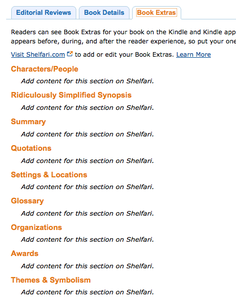Are sales ranks the bane of a self – pub writers life?
My books rank from 20,000 to over 400,000
Of course I was Number one in free thrillers once now I’m 217,150 with that book in overall paid. I suppose that is not bad given the alleged million plus books available. Genre rankings are different again, but without getting into those which are further specified by Amazon location we all have to remember one thing. The ranking are driven by weightings and various algorithms which are known only to Amazon. This is not a problem it is after all their store they can sell and run what they like and rank results how they like. The number would be different for revenue in whichever currency rather than just sales. It will differ in Kindle, hardback, paperback and audio too.
To add to the analysis it of course does not include CreateSpeace, Lulu, Smashwords, iBooks, Nook etc. numbers or any authors selling stuff direct. Getting into the famous Amazon top 100 for anything is a start and we would all like to be there but does it really matter? We want high numbers of sales not just for the revenue (why give them away?) but for reviews and attention. We pay for meaningless advertisements and judge those on views and clicks which may or may not lead to sales. We blog – I’m doing it now, we Facebook, we twitter we hope for reviews from mainstream media. We comment on Goodreads and other web sites overall we try and get noticed.
Is this just some giant self-indulgent ego trip “look at me I’m a writer!” Why are so many people trying a creative element not just writing but music, video, arts including the massive increase in photography. Are we all deluded like the worst performers on a talent show or in a karaoke bar or is there something else going on?
The Internet has given us the opportunity, technology has expanded the tool set. The barriers to entry that traditional publishing upheld have been reduced, but a new hurdle sits in the way, competition. The professional element is hampered just as much as the semi-professional or gifted amateur. Competition for the writer is now not just another professional writer but thousands of amateurs and not so amateurs launching their own output onto the unsuspecting world.
Much of the output in all artistic forms may be considered to be rubbish by so called experts. The professional critics or the amateur ones bemoan the lack of standards whether its artistic brushwork, composition or a self-pub’s grammar. I bemoan the number of dog and cat videos plaguing YouTube. One thing for sure we cannot put the genie back in the bottle. The world has changed we are all going to have to lie with it unless some dystopian catastrophe changes the world. I don’t think any of us really want a world without the Internet digital music, photography or the other benefits no matter how much rubbish is attached.
Once upon a time stable lads bemoaned the introduction of the horseless carriage. To quote a poet (who really can’t sing) the times they are a’ changin‘. We’ll all have to live with it no matter our sales rank.

 Problem solved with a lot of copying and pasting
Problem solved with a lot of copying and pasting